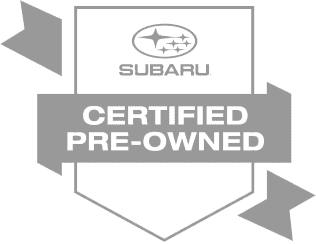

When it comes to the operation of your engine, timing is everything. There are moving, rotating, opening and closing parts all throughout the engine, and they need to operate in perfect harmony. That's why your car might be equipped with a timing belt. It physically links the movements of drivetrain components throughout the engine. It's a critical component of your engine! And if it breaks, some engines will even suffer catastrophic damage. That's why we want to tell you some important details about changing the timing belt below.

4. Does Your Car Have A Timing Belt?
Not all modern cars even have timing belts that need to be changed! Instead, on many modern cars (and almost all late model Subaru vehicles), the job of synchronization is done by a permanent timing chain. Instead of a rubber belt, this metal timing chain has many advantages. It can last as long as the engine does, and can be lubricated by engine oil. However, it's heavier and louder to operate than a belted timing system. So, some cars may still use timing belts. If your car is one such car, you'll want to know so you can change the belt proactively before it fails!

3. Where Is The Timing Belt?
The timing belt is located under a timing cover that prevents the belt from coming in contact with other components, debris or fluid leaks. You'll typically find it directly on the front of the engine, depending on which direction the engine is rotated in the engine bay. To remove the timing belt cover, you'll typically need some special tools and you'll also need to remove nearby components under the hood.
2. When Should The Timing Belt Be Replaced?
Timing belts are built to last a long time. But, if the timing belt fails, the engine can become out of sync, which will cause severe damage in many models! Subaru recommends replacing the belt on your car at a certain mileage. For example, 2010 four-cylinder Subaru models equipped with a timing belt should have the belt replaced every 105,000 miles. Furthermore, every 30,000 miles the belt should be inspected by a technician who'll look for signs of wear, so it can be replaced early if needed.

1. Can I Change The Timing Belt Myself?
If you know your way around under the hood, you might consider trying to save money and perform this service yourself. You should know that changing the timing belt isn't quite as easy as changing an accessory or fan belt. That's because the engine's timing needs to remain the same, or the engine could suffer severe damage due to bad engine timing. If you're unsure, you can always visit the Capitol Subaru service department for expert, friendly auto care.
Capitol Subaru of Salem
920 Auto Group Ave NE
Salem, OR 97301
- Sales: 503-587-5500
- Service: 503-587-5500
- Parts: 503-587-5500







